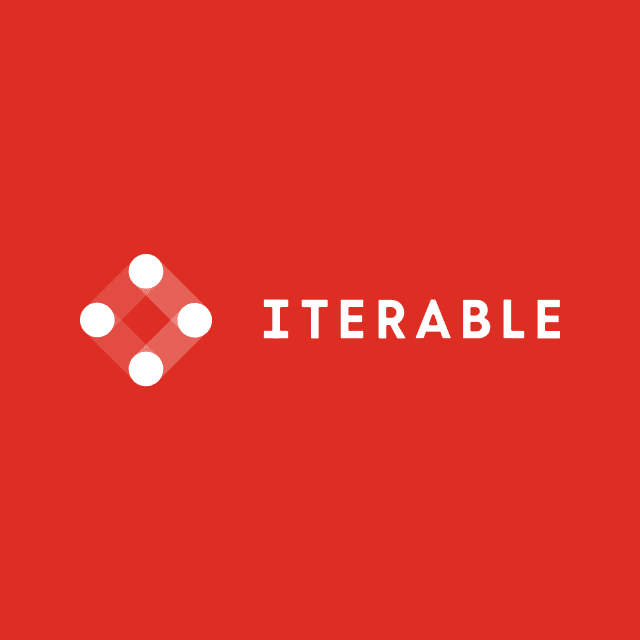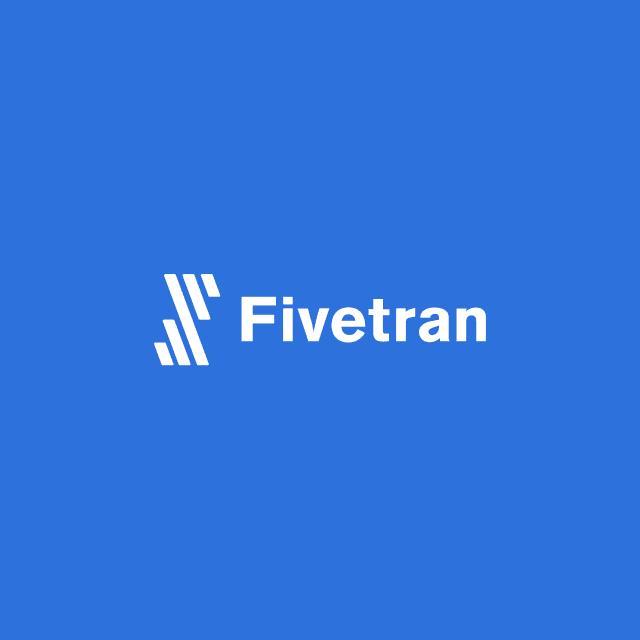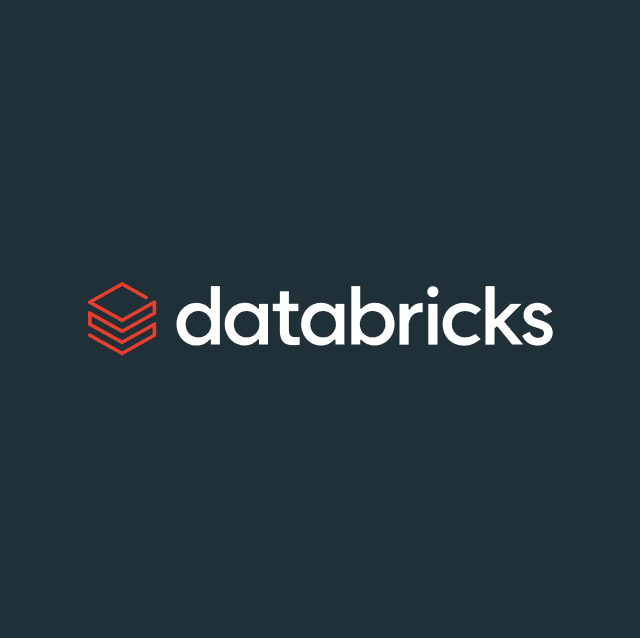Personalized experiences built on segments can only go so far. To achieve more profound relevance, lifecycle marketing teams need intelligent recommendation systems capable of delivering the right product, message, or offer to the right individual at the precise moment.
This level of precision does more than just fill a slot in an email or app—it creates genuine relevance, drives engagement, and builds lasting trust. AI recommendation systems power this shift from broad segments to true one-to-one personalization. These systems don’t just insert products into emails; they analyze real-time behavior, preferences, and context to deliver the right message, offer, or product to the right individual at the right moment. But they only work when grounded in a deep, constantly evolving understanding of each customer.
What is a recommendation system?
A recommendation system is an AI that delivers personalized suggestions based on a user’s behavior, preferences, and context. These systems analyze patterns across massive datasets, clicks, views, purchases, and more, to predict what each person is most likely to want next.
For lifecycle marketing teams, that means the power to create deeply personalized experiences at scale. Whether it’s surfacing the right product in an email, recommending content in an app, or guiding someone to their next purchase, recommendation systems help customers discover what they didn’t even know they needed.
How do AI recommendation systems actually work?
Effective recommendations don’t happen by chance, they result from systems continuously learning from every customer interaction. Traditional marketing approaches rely on predefined segments, calendar-based sends, and rule-driven journeys. While segments allow some level of personalization, managing increasingly specific customer journeys becomes complicated and unmanageable at scale.
In contrast, AI-powered recommendation systems personalize experiences across channels by combining behavioral signals, machine learning models, and experimentation techniques. Whether through a product page, email, or SMS, these systems continuously adapt, becoming more effective with each customer interaction.
Recommendation systems combine customer data, predictive models, and continuous feedback to deliver personalized marketing at scale. They start with signals, clicks, views, purchases, and browsing history enriched by demographic and contextual information, all centralized in a data warehouse. This unified source of truth allows teams to generate structured feature vectors that describe each customer in a consistent, machine-readable format.
These vectors feed machine learning models, such as neural networks or decision trees, which predict what each customer is most likely to engage with. These predictions power personalization engines that decide, in real time, which product to recommend, message to send, or content to prioritize.
But the learning doesn’t stop there. Recommendation engines improve continuously through feedback loops. Reinforcement learning techniques refine predictions based on what customers do, click, convert, or ignore. Over time, the system learns what works best for each individual and audience segment.
Many systems use bandit algorithms that balance proven options with new alternatives to stay adaptive without sacrificing performance. This helps marketers surface emerging trends and preferences while maintaining results.
By connecting data pipelines, predictive models, and experimentation frameworks, recommendation systems empower marketers to move beyond static segments and deliver responsive, context-aware experiences across the customer journey.
Types of AI recommendation systems
AI powers a range of recommendation systems, each with unique strengths depending on how and when they’re used. Below is an overview of the most common types and their impact on the user experience.
Content-based filtering
Content-based filtering recommends items that share characteristics with what a user has liked. For example, if someone frequently watches action movies starring a particular actor, the system will suggest similar titles featuring that actor or genre.
The key advantage of content-based filtering is that it doesn’t rely on data from other users, making it effective for individuals with niche or unique tastes. However, its recommendations often lack diversity and can struggle to suggest items outside a user’s established interests.
Collaborative filtering
Collaborative filtering looks at patterns across users rather than focusing on item features. It identifies people with similar behaviors and recommends items they’ve enjoyed. For instance, if users with similar viewing habits liked a particular show, it might be recommended, even if the target user hasn’t seen anything similar.
This method excels at helping users discover new or unexpected content they may not have found on their own. On the downside, it requires a large amount of user data to be effective and performs poorly when there isn’t enough history, such as with new users or items.
Hybrid systems
Hybrid recommendation systems combine multiple approaches, usually content-based and collaborative filtering, to improve accuracy and coverage.
By blending these methods, hybrid systems can offer more diverse and relevant suggestions while mitigating issues like overly narrow recommendations or the challenge of generating recommendations for new users or items with little to no historical data (often called cold start problems). However, their complexity makes them harder to implement and often more resource-intensive to maintain.
Knowledge-based systems
These systems rely on explicit user input, such as preferences, constraints, or goals, to generate recommendations. They are often used in real estate or automotive industries, where purchases are infrequent and require specific criteria.
The main strength of this method is its ability to provide relevant recommendations even when there’s little to no user history, helping to bypass cold-start issues. Knowledge-based systems depend heavily on detailed item information and structured user input, which can be difficult and time-consuming to collect and manage.
AI Decisioning systems
AI Decisioning uses advanced machine learning techniques, reinforcement learning, and contextual bandits to optimize personalization across every marketing touchpoint. These systems continuously predict which content, timing, channel, and frequency will drive the best outcome for each individual. By learning from every interaction and running constant experiments, AI Decisioning enables true one-to-one personalization at scale.
Benefits of AI recommendation systems
AI recommendation systems don’t just improve targeting; they fundamentally change how customers experience your product, interact with your content, and respond to your offers. Here’s how they deliver measurable impact:
- More relevant, personalized experiences: Traditional recommendation systems often surface what's popular across a broad audience. AI-driven systems go further, identifying what individual customers are actually interested in based on their behavior. This leads to a more intuitive, satisfying user experience, whether someone is browsing an e-commerce site or exploring a streaming platform. Users who feel seen and understood are likelier to stay engaged.
- Higher conversion and revenue: When customers see products or content tailored to their interests, they’re far more likely to take action, whether making a purchase, watching longer, or clicking through. For example, a streaming service that suggests shows aligned with a user’s past viewing habits can significantly increase watch time. The result is better retention, more conversions, and, ultimately, more revenue.
- Personalization at scale: Personalizing at an individual level has always been complex without AI. Manual segmentation becomes unsustainable as your audience grows, and most systems struggle to deliver one-to-one experiences without becoming inefficient. AI recommendation engines overcome this by dynamically adjusting to each user. Whether you’re serving 1,000 or 10 million customers, each can receive a uniquely tailored experience, without increasing your operational burden.
- Continuous, automated experimentation: Traditional A/B testing is time-consuming and limited; you can test one idea at a time across a broad segment and wait weeks for results. AI flips that model. Modern systems can run countless micro-experiments at the individual level, learning what works best for each person. This shifts optimization from slow, manual cycles to fast, autonomous learning, helping you reach your goals more quickly and efficiently.
- Deeper customer insights: AI Decisioning systems do more than enhance experiences; they improve with every interaction. As agents test and adapt, they uncover patterns that might otherwise go unnoticed, revealing unexpected behaviors, affinities, and preferences. This continuous learning loop makes each decision smarter than the last, compounding gains over time. The insights generated from millions of micro-decisions can inform campaign strategy, guide creative direction, inspire new product ideas, and refine long-term lifecycle planning.
How to implement a recommendation system?
Implementing an AI-powered recommendation system may sound complex, but it becomes manageable when broken into a clear set of steps. The goal is to connect the right data with the right decision logic and deliver personalized experiences where they matter most.
- Define your objectives and success: Define what outcome you're optimizing for, whether it's increasing conversions, lifting engagement, or improving retention. Your objective will shape the structure of your recommendation logic, the data signals you prioritize, and how you evaluate model performance. Establishing clear KPIs upfront ensures you're building toward measurable impact.
- Engineer the right inputs: High-performing recommendation systems depend on rich, well-prepared input data. Behavioral signals like clicks, purchases, and browsing sequences form the core. Still, they become far more powerful when combined with contextual data such as recency, device type, location, and customer attributes like preferences or affinity scores. Most teams already have this data centralized in a data warehouse; what matters now is how you transform it into useful features. Feature engineering should include embedding sequences, generating co-visitation matrices, and creating up-to-date user-item interaction histories that models can learn from effectively.
- Select an appropriate modeling approach: Not every use case requires a complex deep learning model. Depending on your goal and the data available, simpler techniques like content-based or collaborative filtering may be enough. Evaluate your data volume, real-time needs, and personalization goals before deciding whether you need a more advanced or hybrid approach.
- Build or leverage a recommendation model: If you're building in-house, you'll need to evaluate algorithms, train on historical data, validate for accuracy and bias, and establish pipelines for retraining and experimentation. For teams focused on velocity, AI Decisioning platforms can streamline this process by offering ready-made infrastructure for model orchestration, online learning, and channel delivery, so you can focus on strategic inputs rather than engineering everything from scratch.
- Deliver recommendations where they matter: Recommendations only drive impact when delivered to the right user, at the right time, through the right channel. Integration with your existing systems, email platforms, mobile apps, websites, or in-product surfaces is critical. That means connecting your model outputs or APIs directly to the touchpoints where decisions happen in the user journey.
- Optimize in production: Monitor live performance against your defined KPIs, run ongoing A/B tests, and continuously retrain your models to reflect new behaviors and catalog updates. Advanced systems incorporate exploration-exploitation strategies (like contextual bandits) to adapt in real time while still capitalizing on what’s known to work.
Real-life examples of AI recommendation systems
The most effective digital platforms don’t just use AI to recommend content or products; they use it to shape how people experience their brand. These systems quietly guide decisions, simplify discovery, and make each interaction feel more relevant.
- WHOOP, a performance wearable company, uses Hightouch AI Decisioning to power its marketing recommendation system. Rather than relying on static segments or rule-based journeys, WHOOP deploys AI agents that learn from real-time engagement and behavioral data to recommend the right product, message, and timing for each member. This system drove a 10% lift in accessory conversions in just six weeks.
- Amazon uses AI to make shopping feel intuitive and personal. Its recommendation system continuously learns from browsing, purchase patterns, and engagement signals to surface relevant products at every step, from the homepage to the cart. This level of real-time personalization removes friction from the buying journey and helps customers discover what they need without searching for it.
- Etsy's recommendation engine helps customers navigate a vast, eclectic marketplace by tailoring results to their style. By analyzing preferences, past purchases, and in-session behavior, the system narrows millions of listings into a curated experience that feels handmade for the individual, just like the products themselves.
- Spotify transforms a massive catalog into a listening experience designed for you. Its AI models track listening habits, skips, saves, and even time of day to suggest music that fits your mood and preferences. The result is a feed that adapts daily to keep you engaged without feeling repetitive or generic.
- Netflix personalizes your viewing experience based not just on what you’ve watched but also on how and when you watch it. Its system considers engagement patterns and evolving preferences to surface content you’re more likely to enjoy, whether you're in the mood for a quick distraction or a multi-season binge. The goal isn’t just to increase watch time; it’s to make every session feel worthwhile.
Closing thoughts
For years, companies like Netflix, Spotify, and Amazon have set the gold standard for personalized experiences, using AI-driven recommendation systems to keep users engaged, increase conversion, and build long-term loyalty. But until recently, that level of sophistication was out of reach for most marketing teams.
Now, with AI Decisioning, you no longer need a team of ML engineers or a custom-built tech stack to deliver the same kind of real-time, adaptive recommendations. Tools like Hightouch allow every brand to personalize at scale, with the same intelligence and impact as the tech giants. Want to see how it works? Book a demo with our team to get started.















